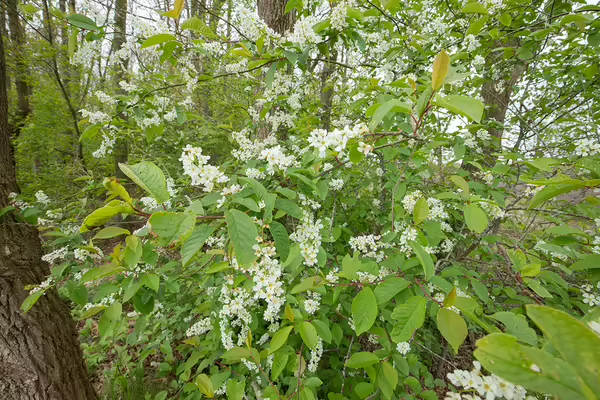
URBANA, Ill. — Many U.S. forests are privately owned, particularly in the Eastern and North Central part of the country. This makes control of invasive plants and pests challenging because efforts must be coordinated across landowners. A new study from the University of Illinois Urbana-Champaign explores how differences in ownership motivation affects willingness to control, and how economic incentives can be implemented most efficiently.
“Some own the land for recreational purposes, some own it because they want to produce timber, and some are a combination of both. If one landowner controls invasive species but their neighbor does not for some reason, that could be problematic because the bioinvasion will spread over space and time,” said study author Shadi Atallah, associate professor in the Department of Agricultural and Consumer Economics, part of the College of Agricultural, Consumer and Environmental Sciences at Illinois.
Currently, conservation cost-share programs reimburse forest landowners for up to 75% of the cost of controlling invasive species. However, this is not necessarily the most efficient use of funds, Atallah noted.
“When you're incentivizing someone to do something, you would like to know they weren't going to do it without the incentive, or you have wasted your money. Would it make sense to change who qualifies for these payments in a way that optimizes the effect?”
Atallah employed game theory to explore these questions, using the example of glossy buckthorn in U.S. Eastern white pine forests. Glossy buckthorn is a fast-growing shrub that is exotic and invasive in North America. It can form a dense, persistent layer in forest understories, interfering with the growth of young pine trees and affecting wildlife habitat.
Read the full article from the College of ACES.
University of Illinois Extension develops educational programs, extends knowledge, and builds partnerships to support people, communities, and their environments as part of the state's land-grant institution. Extension serves as the leading public outreach effort for University of Illinois Urbana-Champaign and the College of Agricultural, Consumer and Environmental Sciences in all 102 Illinois counties through a network of 27 multi-county units and over 700 staff statewide. Extension’s mission is responsive to eight strategic priorities — community, economy, environment, food and agriculture, health, partnerships, technology and discovery, and workforce excellence — that are served through six program areas — 4-H youth development, agriculture and agribusiness, community and economic development, family and consumer science, integrated health disparities, and natural resources, environment, and energy.